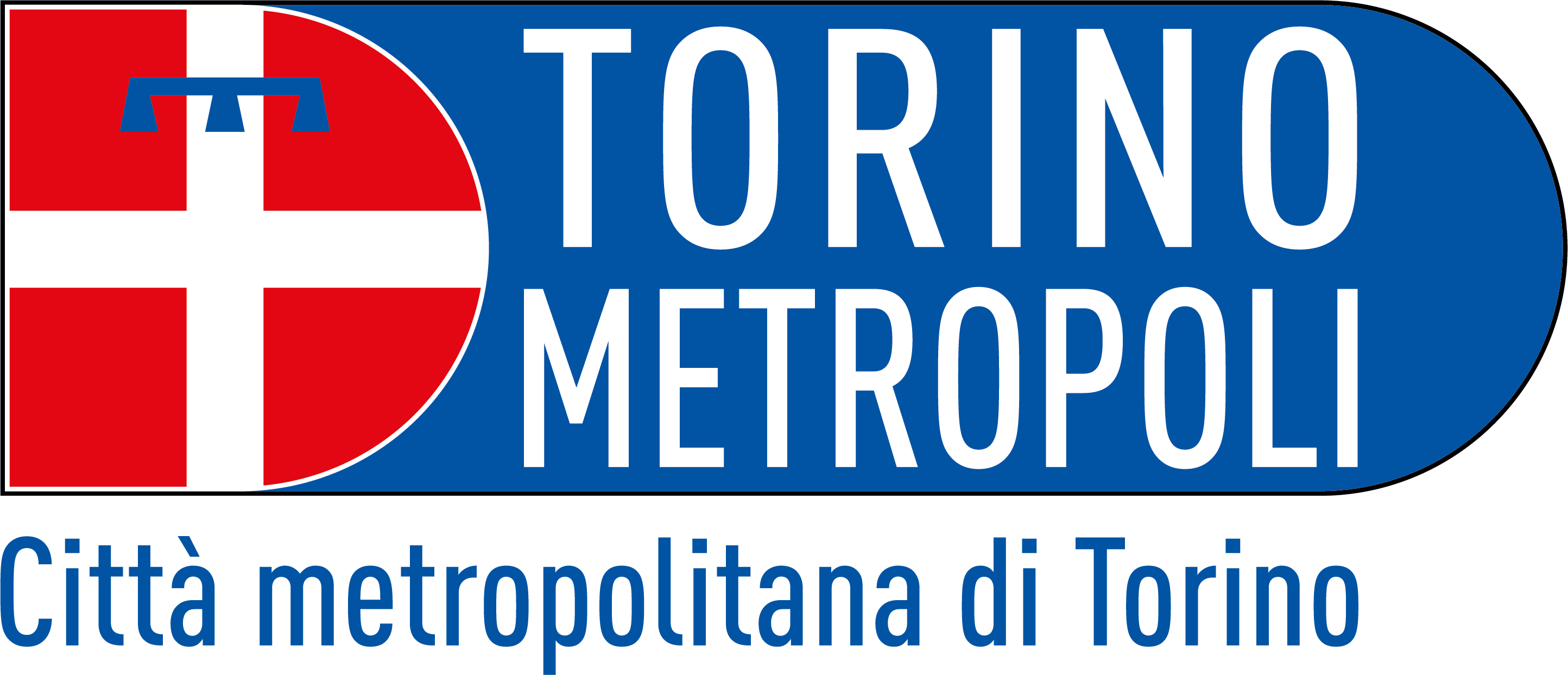Waste that has not been reused or recycled with separate waste collection is still rich in energy and must therefore be sent to waste-to-energy plants, from which heat and electricity can be obtained, as well as a certain amount of precious metals.
How does a waste-to-energy plant work?
The waste sent to the plant, after having been previously checked, is incinerated at very high temperatures (around 1000 C°) in special ovens. The heat produced by combustion is used to generate steam which is then sent to a turbine for the production of electricity or is introduced into the district heating network. The combustion fumes, before being released into the air, are subjected to several purification treatment steps to reduce pollutants to a minimum.
The ashes remaining from combustion are stored in a dedicated landfill. Since the ashes are almost inert, in the landfill no odors or appreciable quantities of biogas (1) are produced and the risk of pollution of the subsoil due to the leachate (2) is extremely reduced.
The waste-to-energy plants are therefore plants that have the primary purpose of considerably reducing the volume of waste and making it inert, therefore no longer dangerous, with an advantage: the production of thermal or electrical energy. This reduces the need to use other plants powered by fossil fuels (oil, coal), thus limiting the release of polluting substances and improving air quality.
The Turin waste-to-energy plant
Starting in 2013, a substantial part of the waste coming from the waste management Consortia of the province of Turin, not collected separately, is sent to the Turin-Gerbido waste-to-energy plant. In 2016, 439,405 tons of waste were transferred to the plant, of which approximately 17,000 tons of waste from commercial activities, with a production of 340,062 MWh of electricity, 279,272 MWh of which was transferred to the electricity grid (3).
The plant can only produce electricity or both electricity and thermal energy for district heating: in the first case the waste-to-energy plant produces the energy corresponding to the annual needs of about 175,000 families of three people; in the second case it generates, every year, the thermal energy capable of heating 17,000 homes of 100 square meters and the electricity consumed by about 160,000 families. The recovery of energy contained in the waste saves about 70,000 tons of fossil fuel a year, helping to protect the environment and generate a sustainable economy (4).
The scheme and the short video explain in a very simple and immediate way the operation of the Turin waste-to-energy plant.
If you want more information on the Gerbido waste-to-energy plant consult the Metropolitan Waste Treatment website (TRM)
If you want to learn more about waste-to-energy in Europe, consult the European Commission document.
Note
1biogas: mixture of various types of gas, mainly methane, produced by bacterial fermentation in anaerobiosis (absence of oxygen) of organic plant or animal residues.
2leachate: a liquid that originates mainly from the infiltration of water into the mass of waste or from its decomposition.
3 Report on the status of the waste management system - Final figures for the year 2016 - Città Metropolitana di Torino.
